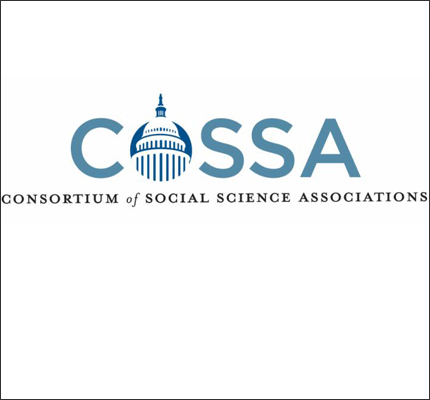
On September 28, President Trump signed into law a fiscal year (FY) 2019 funding package containing two of twelve appropriations bills, the Defense Appropriations bill and the Labor, Health and Human Services, Education Appropriations bill. The bill had been passed earlier in the week by the House of Representatives. Of particular interest to the social science community, the Labor-HHS bill contains next year’s final appropriation for the National Institutes of Health (NIH), Department of Education (ED), Centers for Disease Control and Prevention (CDC), Agency for Healthcare Research and Quality (AHRQ), and Bureau of Labor Statistics (BLS), among other federal departments and agencies. The passage of the Labor-HHS bill marks the first time in more than 20 years that this bill, which tends to be one of the most divisive among Republicans and Democrats, will be signed into law on time.
The package also includes a continuing resolution (CR) that will keep the rest of the government operating until December 7 (the new fiscal year begins next week on October 1). Congress will return after the November midterm elections and attempt to complete its work on next year’s spending bills. Notably, still pending is the Commerce, Justice, Science (CJS) Appropriations bill, which is responsible for funding the National Science Foundation and the Census Bureau, among other programs; neither the House or Senate have taken up the bill outside of committee.
At a Glance...
- The final agreement provides the National Institutes of Health with $38.084 billion in FY 2019, an increase of $2 billion or 5.4 percent over the FY 2018 enacted level.
- The bill provides the Centers for Disease Control and Prevention with a total of $7.892 billion for FY 2019, a decrease of $113.4 million from FY 2018. The National Center for Health Statistics (NCHS) again receives flat funding of $160.4 million.
- The agreement provides $338 million for Agency for Healthcare Research and Quality, $4 million above the FY 2018 enacted level.
- The final bill accepts the Senate’s proposed funding level of $615 for Bureau of Labor Statistics, an increase of $3 million above both the FY 2018 enacted level.
- Within the Department for Education, the final bill provides $615.5 million to Institute of Education Sciences, which is a 0.3 percent increase in funding compared to its FY 2018 appropriation.
Read on for COSSA's analysis ofthe final FY 2019 funding levels for the National Institutes of Health, Centers for Disease Control and Prevention, Agency for Healthcare Research and Quality, Bureau of Labor Statistics, and Department of Education.